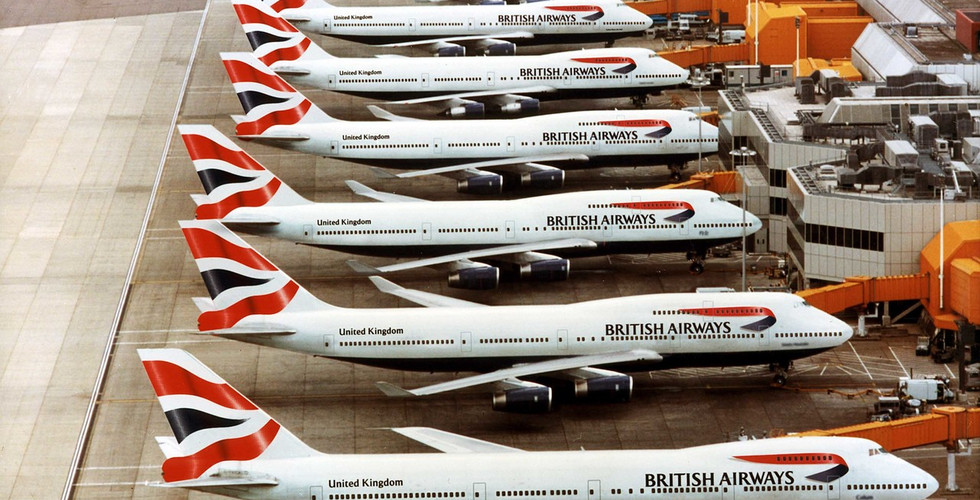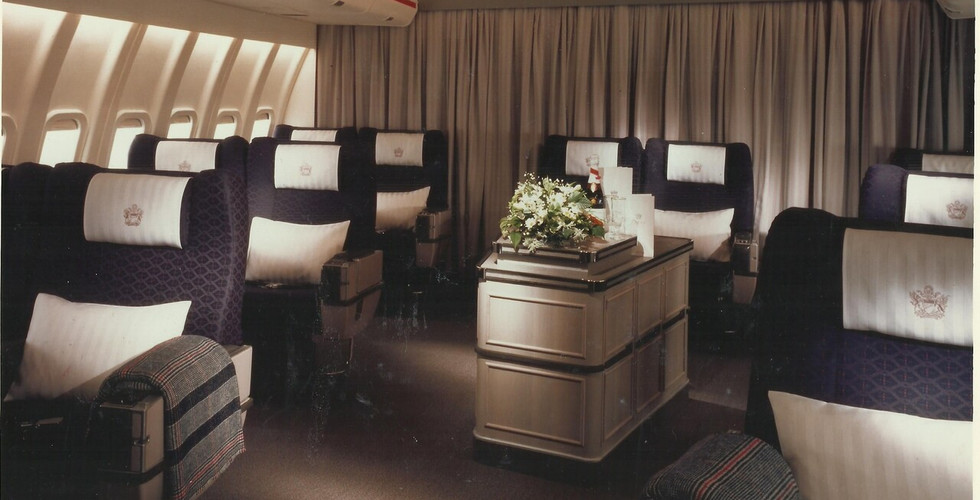With profound sadness, British Airways announced on Friday that their remaining fleet of 31 Boeing 747-400s have likely ended commercial service with the carrier. After nearly five decades of service, the ‘Queen of the Skies’ has fallen victim to the global pandemic.

Today (July 17, 2020) British Airways announced with great sadness that their remaining fleet of 31 Boeing 747-400s are likely to have flown their last scheduled service with the carrier. After nearly five decades of service and millions of miles flown with British Airways, the ‘Queen of the Skies’ has become the latest victim of the global COVID-19 pandemic. With the commercial airline industry not expected to recover to 2019 levels until 2023 or 2024, it just doesn’t make sense to operate high capacity aircraft with lower load factors, not to mention the higher fuel-burn rate compared to later generation aircraft. To celebrate the carrier’s centenary in 2019, British Airways lovingly painted four of their Boeing 747-400s in the company’s legacy heritage BOAC (British Overseas Airways Corporation) livery. One of the BOAC liveried aircraft even appeared with the Red Arrows at the Royal International Air Tattoo to the great delight of spectators. In Friday’s announcement, British Airways’ Chairman and CEO, Alex Cruz said,
“This is not how we wanted or expected to have to say goodbye to our incredible fleet of 747 aircraft. It is a heart-breaking decision to have to make. So many people, including many thousands of our colleagues past and present, have spent countless hours on and with these wonderful planes – they have been at the centre of so many memories, including my very first long-haul flight. They will always hold a special place in our hearts at British Airways. We have committed to making our fleet more environmentally friendly as we look to reduce the size of our business to reflect the impact of the Covid-19 pandemic on aviation. As painful as it is, this is the most logical thing for us to propose. The retirement of the jumbo jet will be felt by many people across Britain, as well as by all of us at British Airways. It is sadly another difficult but necessary step as we prepare for a very different future.”

British Airways has been phasing out less fuel-efficient aircraft as part of the company’s commitment to reach net zero by 2050. The company has invested heavily in modern next-generation long-haul aircraft including six Airbus A350s and 32 Boeing 787 Dreamliners, which provide a fuel-burn rate that is around 25 percent less than the 747s they will replace. Additionally, as part of British Airways’ £6.5 billion investment in customer experience in recent years, existing aircraft have been refurbished and new deliveries have been equipped with the company’s luxurious Business Class Club Suite product.
BOAC first operated the 747 on a flight from London to New York on April 14, 1971. In July 1989, British Airways took delivery of their first next-generation Boeing 747-400 of which 56 more would be delivered over the next decade. The first British Airways Boeing 747 was configured with 27 First Class and 292 Economy Class seats, while the upper deck contained a lounge known as the ‘club in the sky.’ The carrier’s latest 747-400s could seat 345 guests in four classes – First, Club World (Business), World Traveller Plus (Premium Economy) and World Traveller (Economy). British Airways recently refurbished the interiors of their ‘Queen’ fleet with the expectation that they would remain in service over the next several years.
Generations of plane spotters would line the perimeter fence at London-Heathrow as the magnificent 747-400s would take off at 180 mph and accelerate to a cruising speed of up to 565 mph. British Airways’ jumbo jets are currently grounded at various UK locations and will likely only reach 35,000 feet again during their final journeys.
Source: British Airways Press Office

















